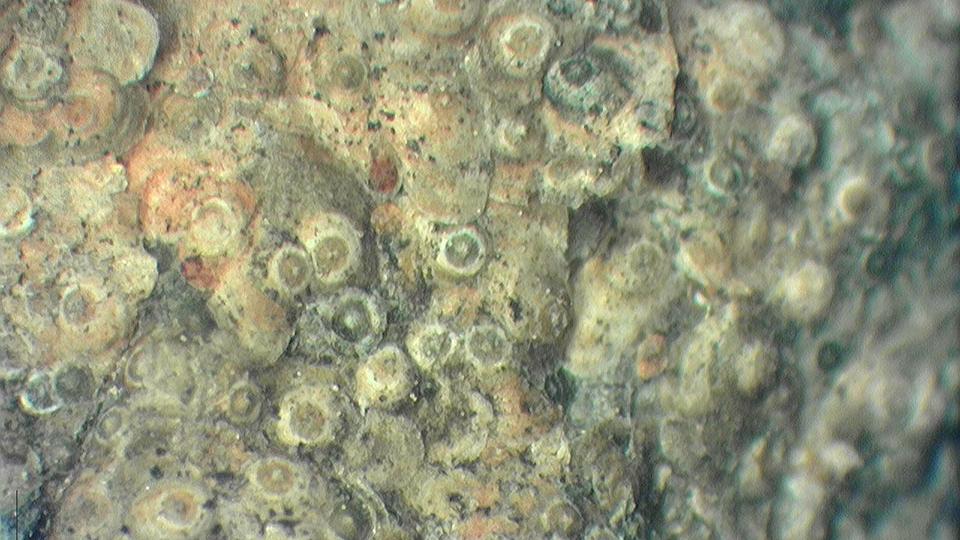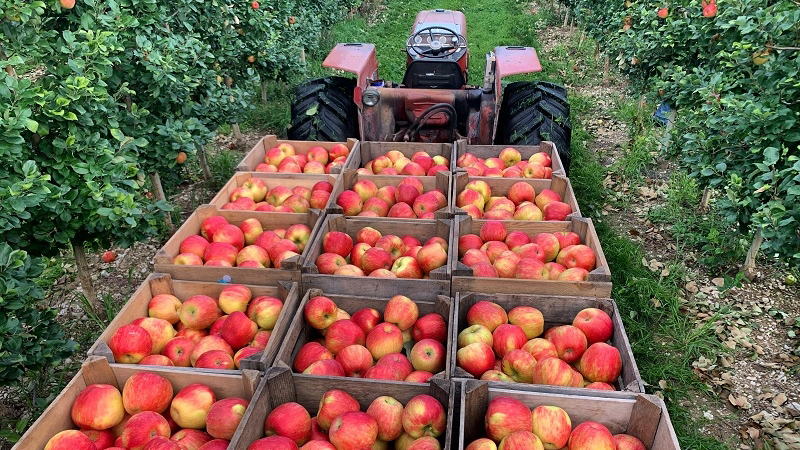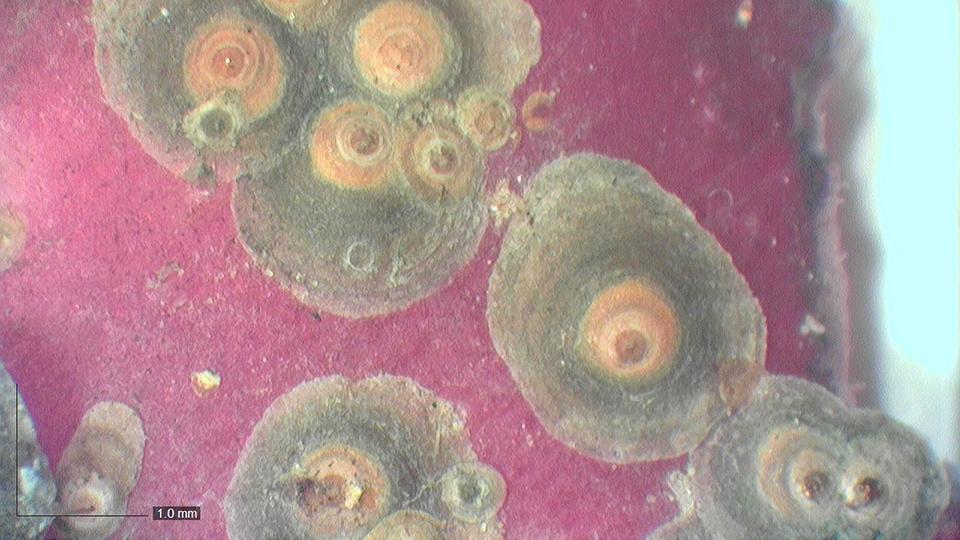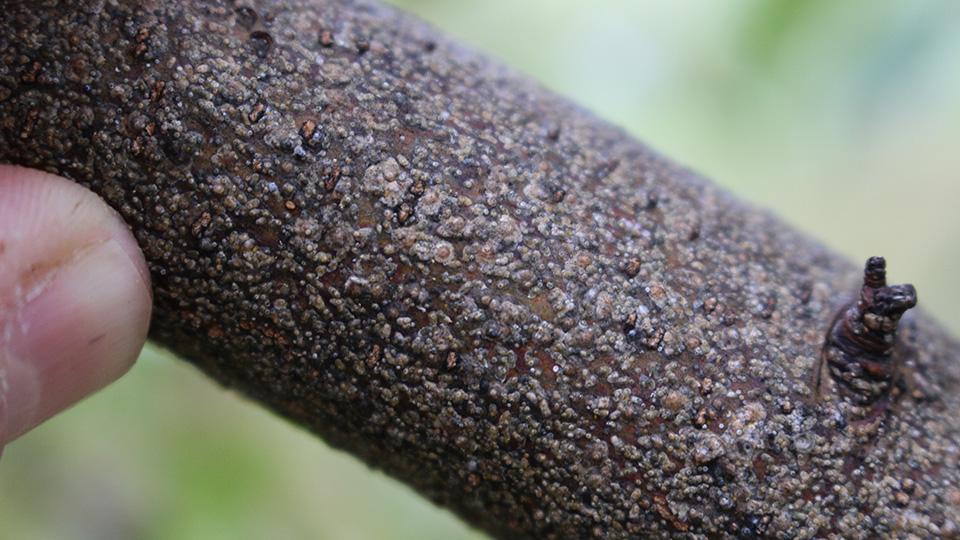Why San Jose Scale Is Still a Problem in Stone Fruit

Symptoms here indicate the black cap stage of San Jose scale.
Photo by Raymond Cloyd, Kansas State University
San Jose scale, or Quadraspidiotus perniciosus, is a major insect pest of apples, cherries, peaches, pears, and plums in the Pacific Northwest and Midwest. The insect can cause substantial economic damage if populations are not managed.
Native to China, the plant pest was introduced in the U.S. in the 1870s. In 1914 it developed resistance to lime sulfur — the first documented case of an insect observed to develop resistance to an insecticide.
BIOLOGY
In spring, adult-winged males will mate with adult females that are wingless, legless, yellow, and a half-inch (12.7 mm) in length. After mating, each female scale can produce about 400 live, first-instar nymphs (crawlers) over a six-week period that emerge from under the edge of the scale covering. The yellow, first-instar nymphs move around on the bark and leaves before settling down to feed by inserting their stylet-like mouthparts into plant tissues and withdrawing plant fluids.
During feeding, nymphs secrete a waxy covering over the body that hardens and protects them from environmental conditions (e.g., temperature and sunlight) and insecticides. Nymphs are present from spring through summer, although this depends on temperature and geographic location.
First-instar nymphs develop into a white-cap stage, which has a white, waxy covering, and then transition into a black-cap stage when the waxy covering turns gray black. After the second-instar nymph, females molt again before reaching maturity. Mature female scales are disk-shaped with concentric rings of gray-brown wax that radiate from a small, white knob in the center.
Males undergo a prepupal and pupal stage before becoming winged, nonfeeding mature adults. Since San Jose scale is a hard scale, there is no honeydew, which is a clear, sticky liquid produced by soft scales.
The life cycle can be completed in approximately 30 days, depending on temperature. In summer, all life stages can be present on a tree simultaneously. In general, there are two generations per year. First-generation nymphs are initially present in June, while second-generation adults are present from July through September. San Jose scale overwinters as immobile immatures (second-instar nymphs or black-cap stage) on the tree.
DAMAGE
Nymphs and adults feed on branches, leaves, and fruit by withdrawing plant fluids with their stylet-like mouthparts. They also inject a toxin during feeding.
San Jose scale feeding causes a reduction in plant vigor, growth, and yield. New infestations usually establish near the base of new growth. Extensive infestations can lead to branches completely encrusted; thus, leading to death of branches and even entire trees, although this depends on tree age.
San Jose scale feeds on mature and young fruit causing depressions or blemishes with a red-to-purple halo, which decreases fruit quality and reduces fruit marketability. The pest can be a problem on mature (older) trees due to the difficulty of obtaining thorough coverage with insecticide spray applications.
MANAGEMENT
Growers should prune out branches that are heavily infested with San Jose scale and remove them from the vicinity. Pheromone traps that contain a chemical lure can be placed among apple trees at the pink stage of flower bud development. Pheromone traps attract the winged males, which helps to monitor San Jose scale activity. The pheromone traps should be checked weekly after placement in the orchard.
Double-sided sticky tape placed around randomly selected branches can help detect the presence of nymphs in spring, which will assist in timing insecticide applications. Check double-sided sticky tape for nymphs approximately four to six weeks after bloom. Look for the small yellow nymphs, using a 10x or 16x hand lens, which can also be used to look for adults later in the growing season.
Spray applications of a 2% dormant oil can be effective in managing populations of the San Jose scale. However, it is important to obtain thorough coverage of the branches and trunk to ensure sufficient mortality.
Apply dormant oils before or after bud break, but before flowers open. Dormant oils are only effective when infestations are not severe. If San Jose scale infestations are such that branches are encrusted, then dormant oil applications will be less effective.
Contact insecticides need to be applied when the nymphs are active and ensuring thorough coverage of the leaves and branches is essential. Multiple or repeat applications will be required because nymphs do not emerge from underneath the female covering simultaneously. Insecticides have no effect on San Jose scale adults.
There are a number of natural enemies, including parasitoids and predators, that will attack San Jose scale. However, the natural enemies generally do not provide sufficient regulation of San Jose scale populations to mitigate plant damage. In addition, insecticide applications can disrupt the ability of natural enemies to regulate populations of this pest.












